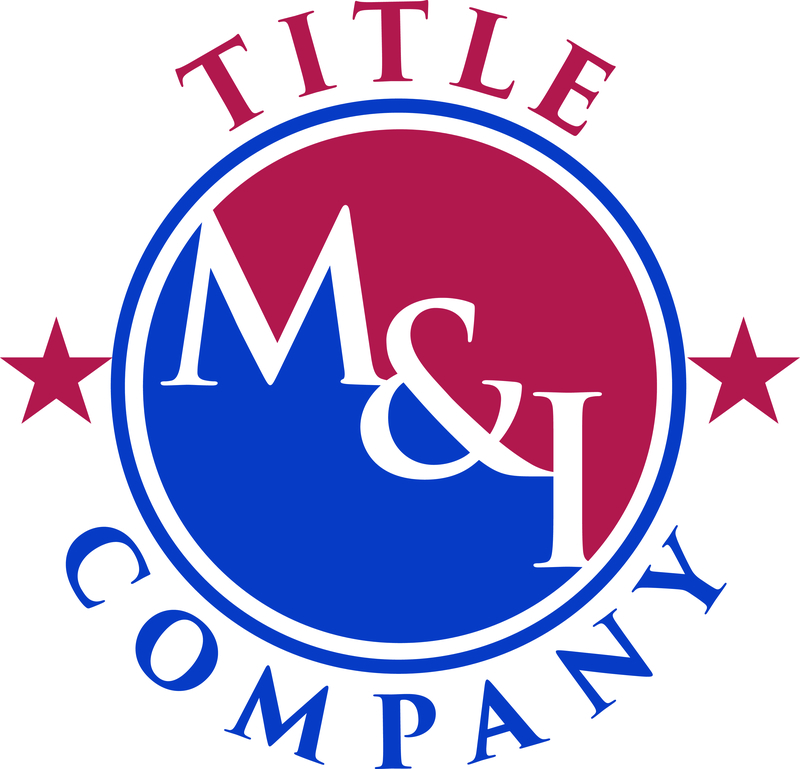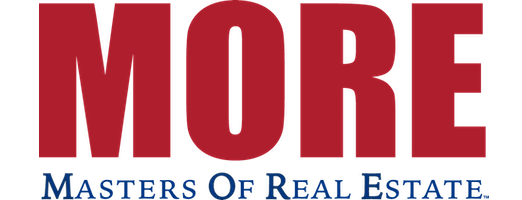
Dennis Norman
UPDATE June 7, 1010 – Here are links to the Forms from MHDC to claim the tax credit as well as some sample forms they have provided showing how to fill them in:
Program Application
Home Purchase Affidavit
Promissory Note
Hope Program Information and Instructions
Sample Forms
******
Just moments ago, the Missouri Housing Development Commission passed at $35 million economic development initiative. Part of this initiative (to the tune of $20 million worth) is aimed toward helping stimulate home sales in Missouri.
 The initiative includes:
The initiative includes:
- $15 million to pay the first year of property taxes for qualified homebuyers who purchase a new or existing home after January 1, 2010. According to Missouri Treasurer, Clint Zweifel, this has the opportunity to help between 9,000 and 11,000 Missouri families making less than $100,000 a year.
- $5 million in assistance to qualified homebuyers to help with down payments and closing costs. This helps potential homebuyers overcome the obstacle of coming up with enough cash for a down payment and closing costs.
- In addition, there is assistance to homebuyers who purchase an energy-efficient home or purchase energy-saving appliances.
I have not seen the plan that was actually approved, however below are the details of the plan that was proposed to MHDC by Missouri Governor Jay Nixon and State Treasurer Clint Zweifel (remember, some things could have been changed when approved today) from a press release issued in November.
If approved by the commission, Missouri families making less than $98,000 a year who enter into a contract to purchase a new or existing Missouri home after Jan. 1 would have their property tax paid up to $1,250. Those families would be eligible to have an additional $500 paid towards the tax bill if the homeowner purchases a energy efficient home or items, such as Energy Star appliances, to make the home more energy efficient.
Who is eligible?
Income eligibility is based on previously adopted MHDC guidelines. Depending on the county of the home sale, household income limit guidelines for low to moderate income persons or families approved by MHDC last spring range from $58,300 to $98,560. These grants are for owner-occupied purchases only.
When would it start?
If approved by the MHDC at its next meeting on Dec. 18, 2009, funds would be available for contracts entered into after Jan. 1, 2010, on a first-come, first-served basis.
How much of the property tax bill could be paid?
Eligible homeowners could have up to $1,750 of their property tax bills paid. According to the State Tax Commission, the average residential real estate tax bill for a Missouri homeowner is $1,160. An income-qualified individual or family is eligible to receive $1,250 or the amount of their first year’s real estate tax bill, whichever is highest, when they purchase a new or existing residential home. An income-qualified individual or family can enhance this base amount, up to $1,750, if they purchase an energy-efficient new home or make energy efficient improvements to an existing home that is purchased. These improvements must be made prior to closing or within 60 days of closing.
How do Missourians apply for these funds?
Forms and affidavits will be part of documents executed at the home sale closing. Additional receipts and documentation will be required for proof of energy efficient improvements.
What energy-efficiency upgrades would be eligible for the additional incentive?
Eligible improvements would include installing high-performance windows, house wraps, programmable thermostat controls, water-efficient toilets and faucets, and energy-efficient water heaters, lighting and appliances; sealing heating and air conditioning ductwork; caulking; insulating water heater pipes; increasing the R-value of insulation in crawl spaces and attics; and conducting on-site energy efficiency inspections and tests, including a blower door test, which tests the overall energy efficiency of the house, and a duct blaster test, which tests how much the air ductwork leaks.



Leave a Reply
You must be logged in to post a comment.